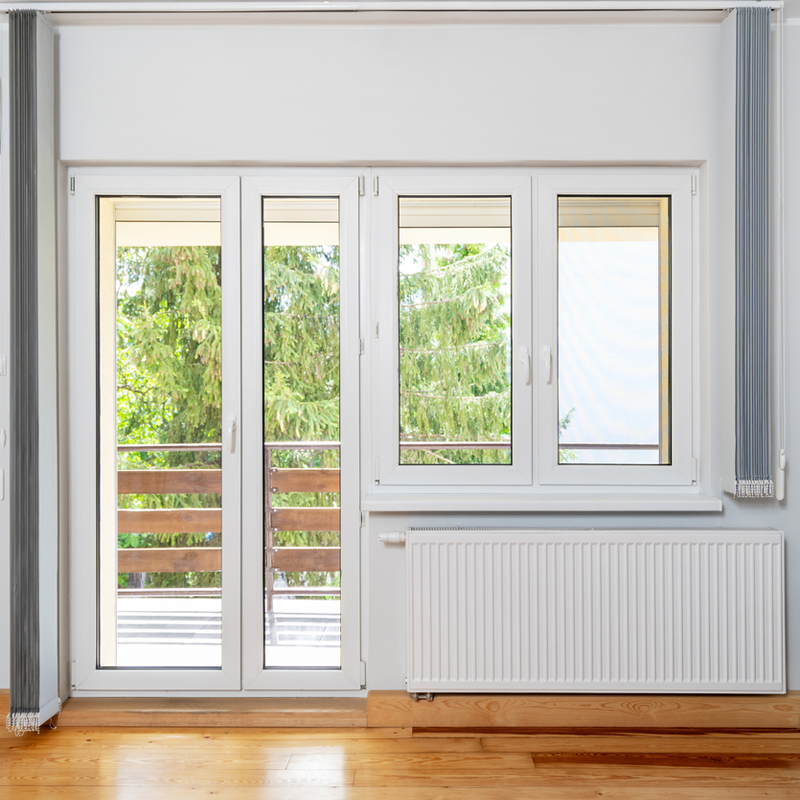With summer fast approaching, albeit a little late this year, many of us will forget about our home’s heating due to warmer temperatures and more time outside. But knowing what to do with your central heating when it’s not needed, can help to avoid problems further down the line and also help reduce your bills. In this blog, you will find our advice on what’s best to do with central heating through the warmer months:
The first recommendation is to keep your heating on low throughout the summer as this will save you money on your energy bills in the long run, versus only firing it up when it’s needed. It’s widely recommended to set your thermostat to between 18-21°C – this will mean your heating system will turn on and off automatically to maintain this temperature range.
Being proactive now avoids problems later – here are our best tips:
Switch your heating on every 3 to 4 weeks – Boiler inactivity is one of the main causes of faults when the colder weather returns.
Keep TRVs (thermostat radiator valves) fully open throughout the summer – when the valves are turned down low and the heating system is turned off then can get stuck in the off position. When you then switch on your heating when temperatures drop you will likely find your radiators to be cold.
Bleed radiators regularly – Bleeding radiators helps to remove air pockets stuck inside your radiators. If radiators are not regularly bled, your boiler could experience airlocks or overheating due to air pockets; even if you have turned off your central heating. Another potential issue is corrosion of the metal used in heating systems, caused by excess oxygen present. To avoid this, top up your system with corrosion inhibitor.
Check boiler pressure – if the pressure is too high, internal leaks are much more common. But if the pressure is too low, issues such as water and radiators not being hot enough can arise.
Get your boiler serviced while the weather is warm –this will ensure there is plenty of time to pinpoint and repair any system issues. In our previous blog, we explain further as to why the summer is the best time to have your boiler serviced < https://www.carshalton-boilers.co.uk/summer-boiler-service/ >
Thanks to advancements in heat pump technology, many heat pumps have a summer mode which adjusts to the warmer weather without any need for intervention. Although the summer mode can be handy, you can simply reduce the room’s thermostat so that your hot water flow will continue while your heating stays switched off.
Re-activating your heat pump after the summer is straightforward – just move your thermostat to the desired temperature to see it actively begin heating your home again with no interruption.
To preserve energy and maximise comfort, underfloor heating can be turned off when it’s warmer outside. However, if your underfloor heating solution is water based, be sure to turn it on for 15-20 minutes every few weeks to ensure there are no faults and prevent the system from sticking.
After extended periods of inactivity, you should turn switch on your underfloor heating in the same way you did when it was initially installed.
This article is sure to give you some helpful advice on what to do with your heating in the summer, but if you have any questions our friendly team of heating and plumbing experts are only a phone call away to assist you.
